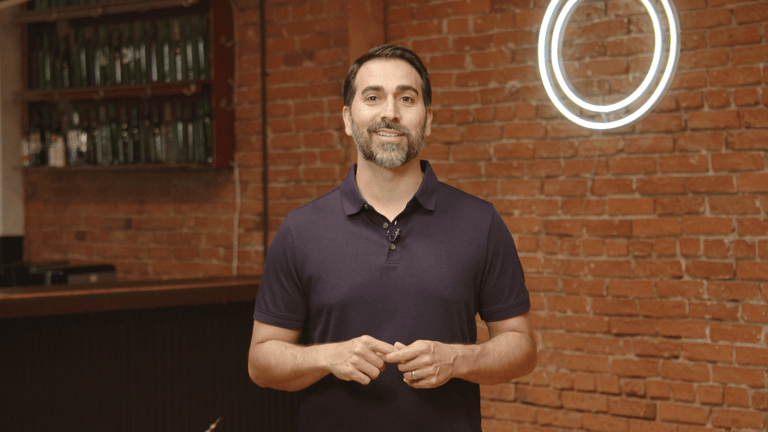
The COVID-19 pandemic has completely changed the way most of us live our lives.
As we gradually ease into a new normal, this is an opportunity to evaluate and align your finances with your new priorities.
Here are a few steps that can help you get started:
1. Track your spending
This is a good time to start tracking your spending or to revisit this habit if you let it go during the pandemic.
Your spending habits might have changed drastically since the start of 2020. Maybe your transportation costs have dropped, or you’re eating out less or attending fewer events. Tracking your spending for a month or so can help you see where your money is going now.
That’s the first step toward creating a budget, taking control of your money, and freeing up funds to put toward other financial goals.
2. Build an emergency fund
If the uncertainty of the past year and a half has taught us anything, it’s the importance of a safety net.
Use a bucketing strategy for your emergency fund. If you’re setting aside up to six months of expenses, that could be quite a bit of money. It doesn’t make the most financial sense to keep it all in a low-yield checking account. Instead, use this approach:
- Keep one to two months’ worth of expenses in your checking account.
- Keep another one to two months’ worth of expenses in a high-yield savings account.
- Once those first two buckets are filled, consider taking on a bit more risk and saving another one to two months’ of expenses in a liquid bond fund.
This strategy could help you do more with the money so you can make it work for you.
3. Pay down debt
Take this time to evaluate your debt situation. If you have any outstanding debts, use extra cash flow to pay down credit cards and loans a little faster.
Start by attacking the debt with the highest interest rate. This would most likely be one of your credit cards. Pay your minimum monthly payments on all accounts, and put any extra toward that highest-rate debt until it’s paid off.
4. Evaluate your financial priorities
The pandemic has been a (long) moment of reflection and reckoning for a lot of people around the world. Many of us have learned that the ways we’d been spending our time and money didn’t match with what matters most to us.
Take this moment to think about how COVID-19 has changed or reset your priorities. Make a list of what matters most to you and adjust your financial goals to reflect those priorities.
5. Rebalance your investments
Since the pandemic began, we’ve seen wild shifts in the markets. The market quickly recovered after a dramatic initial drop last spring, and we’re now sitting at all-time highs.
Those dramatic swings might have significantly shifted the balance of your investment portfolios. Work with a financial planner to assess the risk and allocation of investments in your portfolio, and make sure it aligns with your current risk tolerance and long-term goals.
6. Assess your happiness at work
One thing many of us have discovered in the face of a global health crisis is how important our health truly is to us, to our families, and to our communities. The toll of the virus on physical health was obvious, but the shifts we’ve experienced have also had many of us evaluating our relationship with mental health and happiness.
With the amount of time put into work, it’s more important than ever to make sure you’re happy with your job. If it doesn’t make you excited, it might be time to consider a new position—or a whole new path entirely.
Quitting your job is a big decision, but workers are at a serious advantage in the current market. If you’re not happy in your current role, this could be the best time to make a change.
About Learn
Financial advice for real people, by real people. You shouldn't need a degree to understand your money. Join Head of Education, Brittney Castro, and Altruist mentors as they break down financial tips and strategies in a real way to help you finally understand how to achieve your financial goals faster.
Have a question you want to see answered? Ask it here. 🙋♀️

